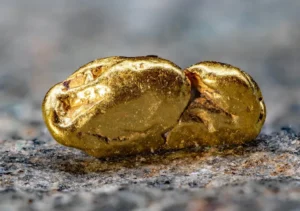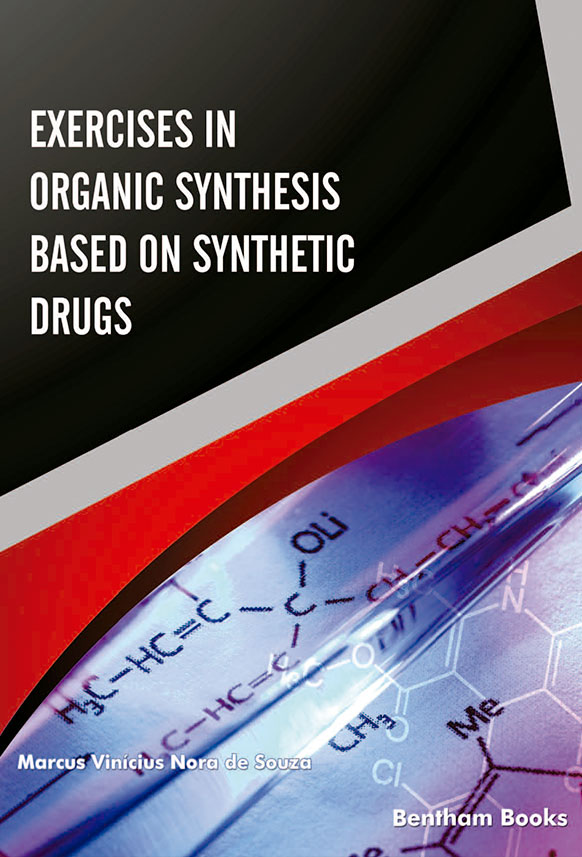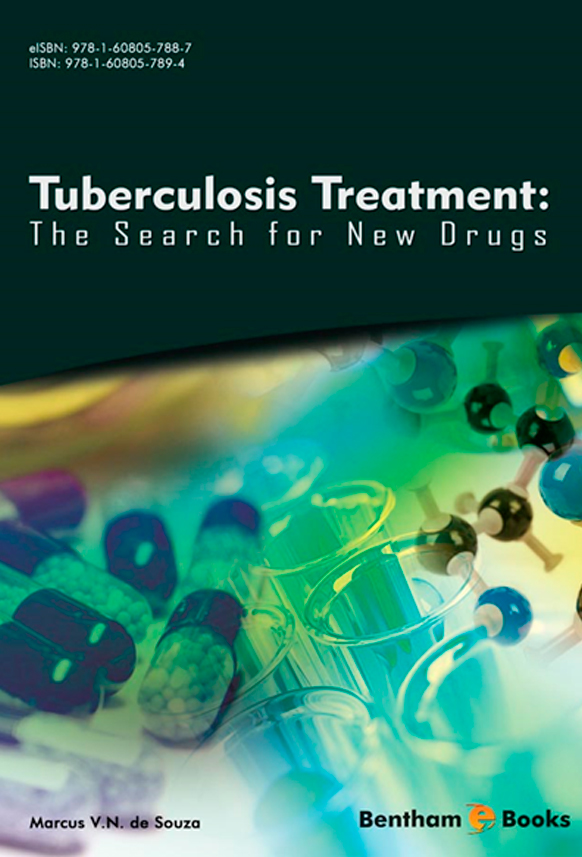Abstract
The crystal structures of solvates of ethyl 6-(2-(RC6H4)-4-oxothiazolidin-3-yl)-1-ethyl-4-oxo-1,4-dihydroquinoline-3-carboxylate derivatives, (1a; R = 3-Br) and (1b: R = H), namely [1a·(H2O)] and [(1b) 2·(H2O)2·(EtOH)], are reported. The solvate molecules in [(1b) 2·(H2O)2·(EtOH)] are disordered in contrast to the ordered hydrate molecule in [1a·(H2O)]. The disordered EtOH molecules merely solvate individual oxothiazolidine units, while the hydrate molecules in both compounds link the oxothiazolidine units into chains. Despite the differences involving the solvates, the supramolecular arrangements in the two solvated compounds are very similar, being made of O–H···O, C–H···O, C–H···π and π···π intermolecular interactions. It is noticeable that differently sited CH units in the RC6H4 rings are used in the C–H···π interactions. In each compound, the RC6H4 ring is near orthogonal to the very-near planar quinoline ring with angles between the best planes of 83.82(10)° and 88.52(3)°, for 1a and 1b, respectively. Compound (1) crystallizes in the triclinic space group P-1 with a = 10.7995(11) Å, b = 11.2612(11) Å, c = 11.3792(11) Å, α = 108.504(8)°, β = 116.317(8)°, γ = 92.846(7)°, and Z = 2. Compound (2) crystallizes in the triclinic space group P-1 with a = 10.8717(3) Å, b = 11.0038(3) Å, c = 11.2648(3) Å, α = 66.040(2)°, β = 86.422(2)°, γ = 67.052(1)°, and Z = 2.Keywords: Oxothiazolidine derivatives, Supramolecular arrangements, Hydrogen bonding Document Type: Research Article DOI: http://dx.doi.org/10.1007/s10870-014-0540-4 Publication date: 4 de Setembro de 2014










